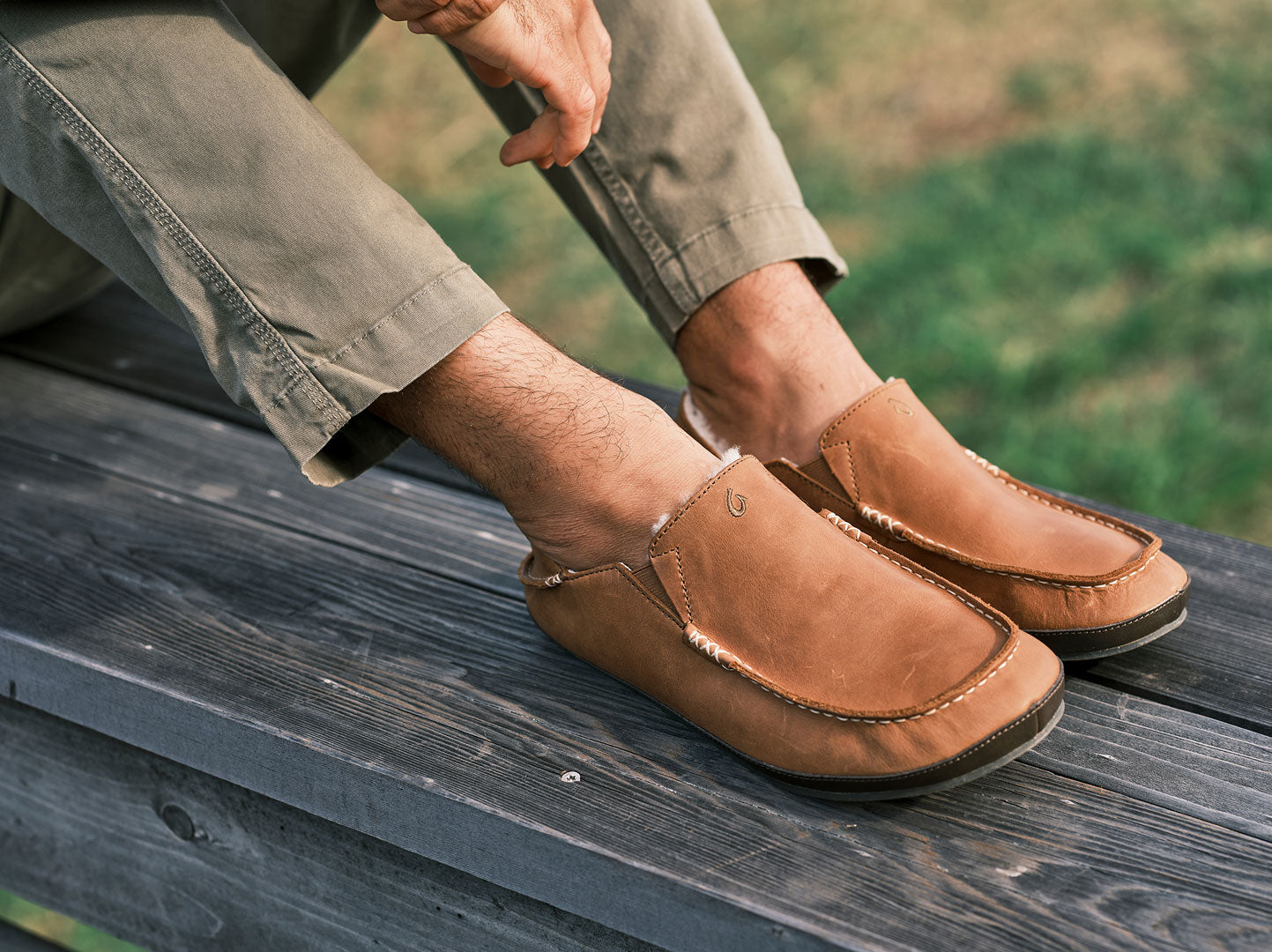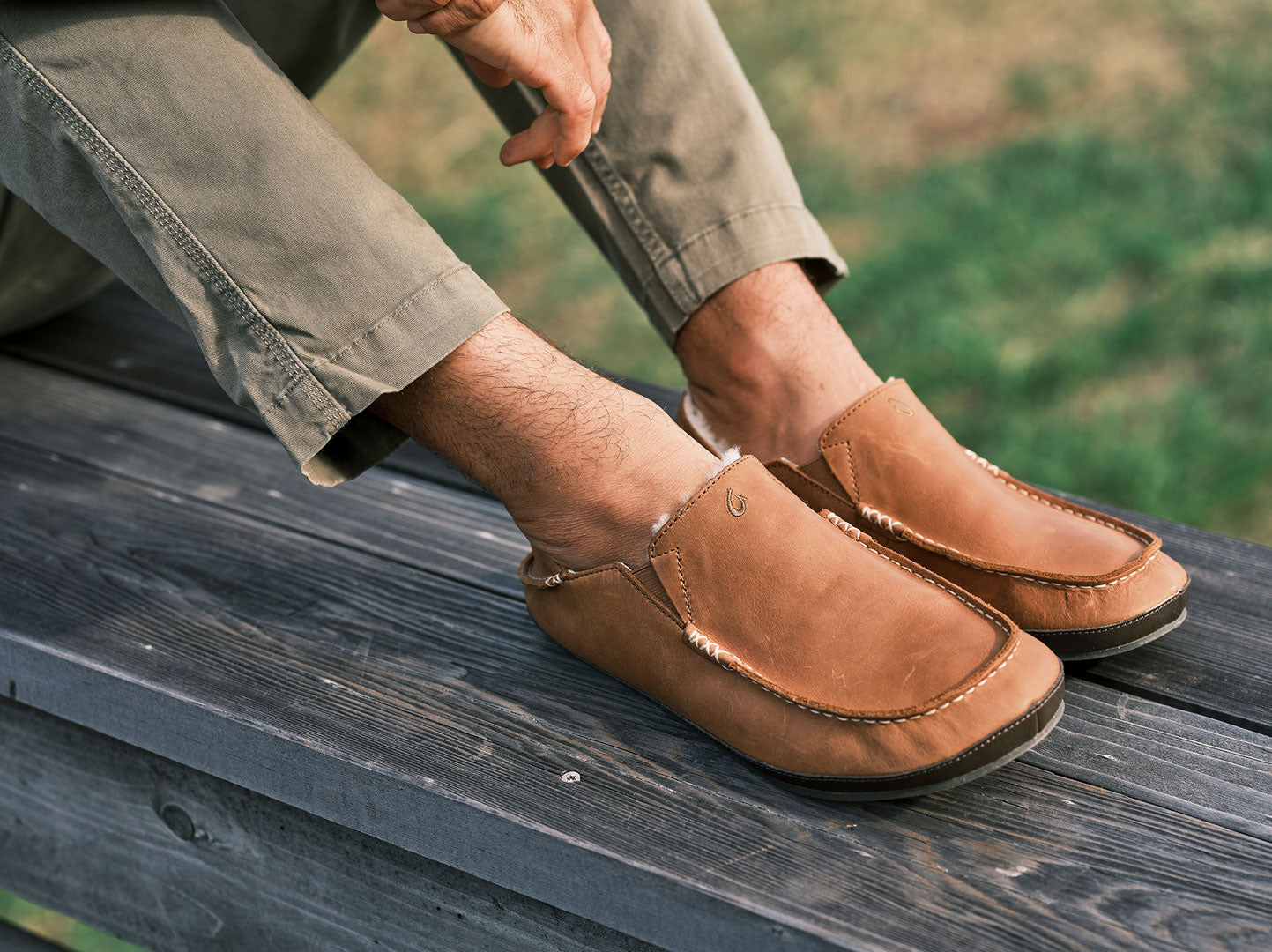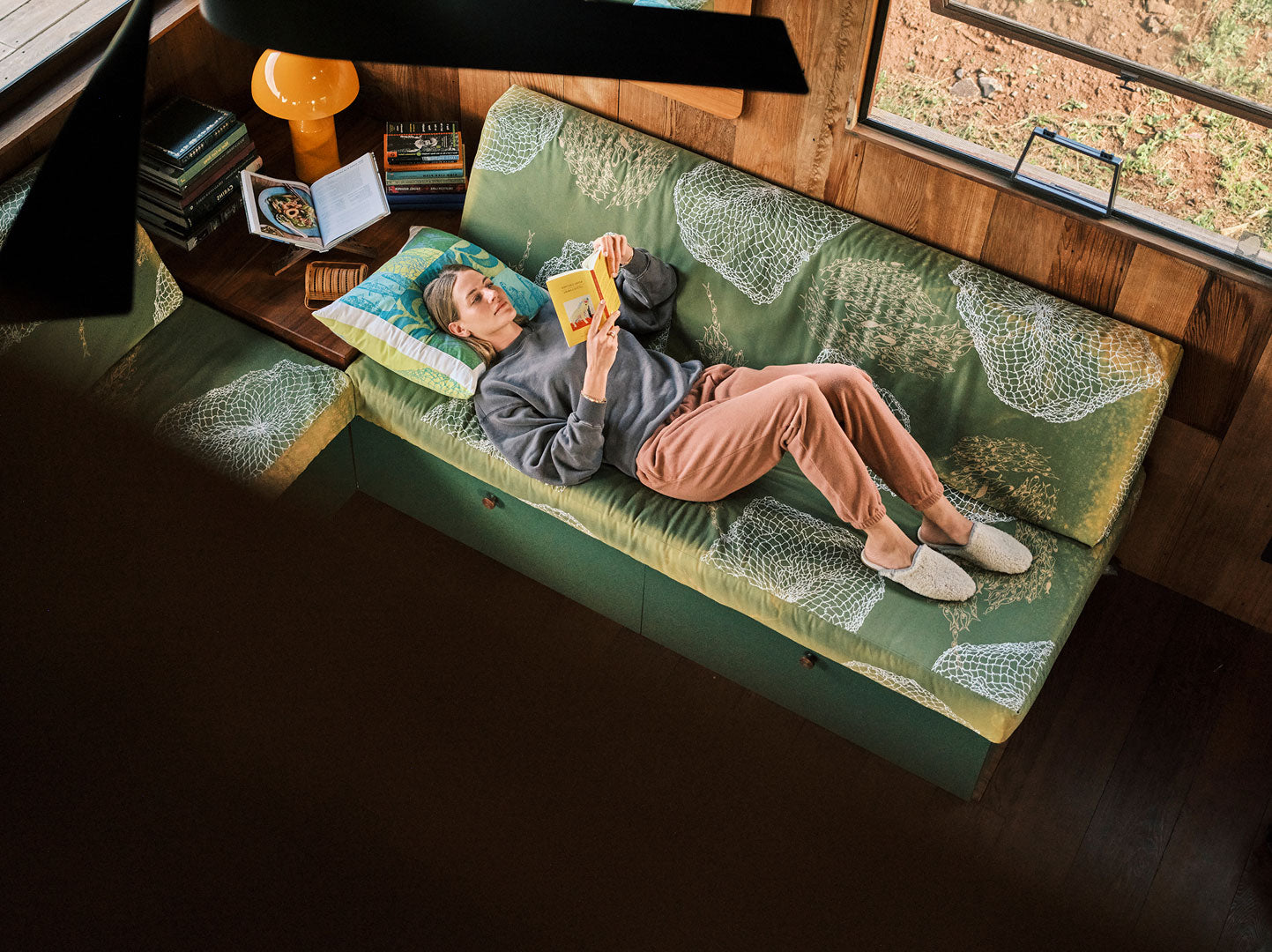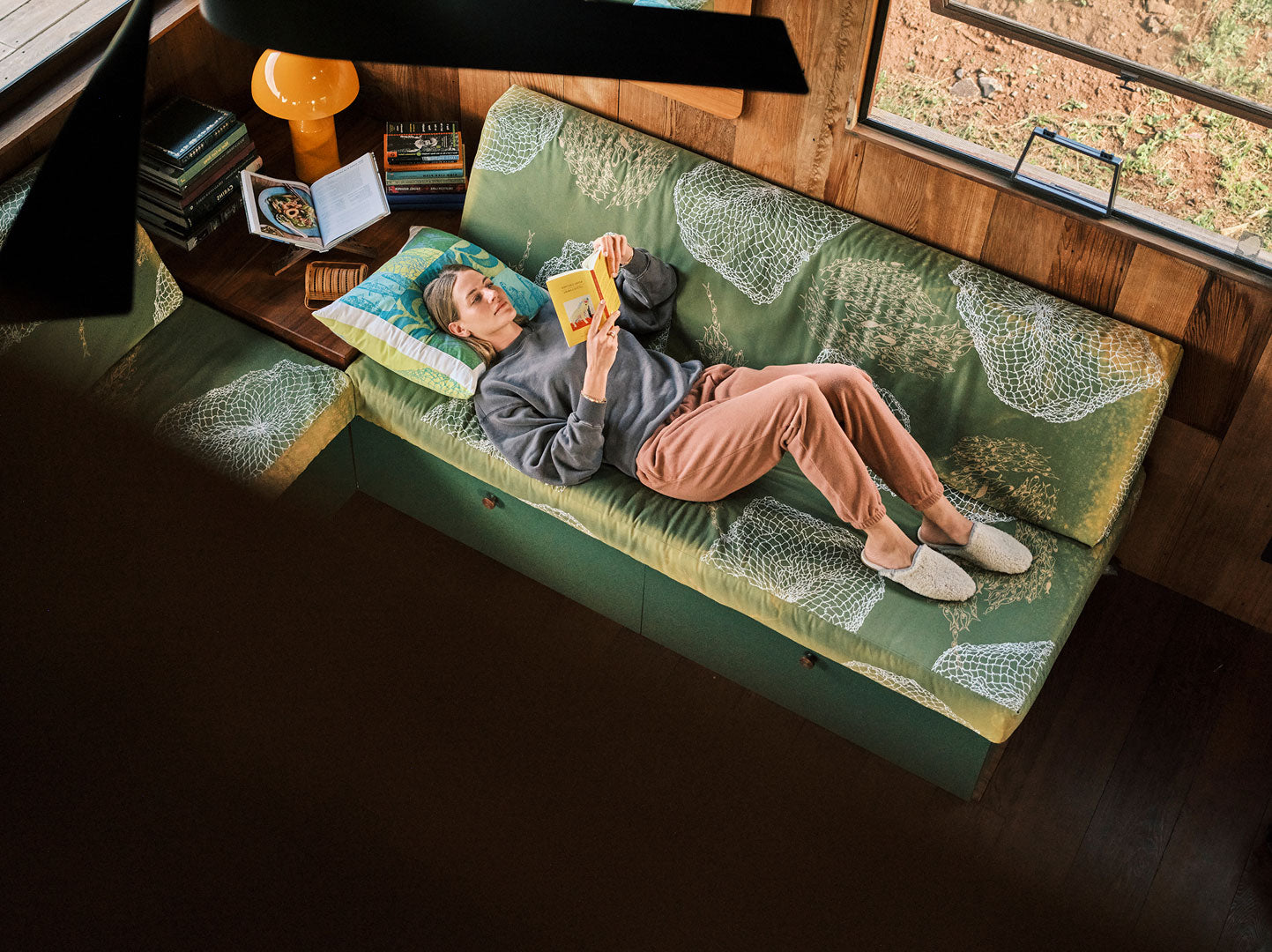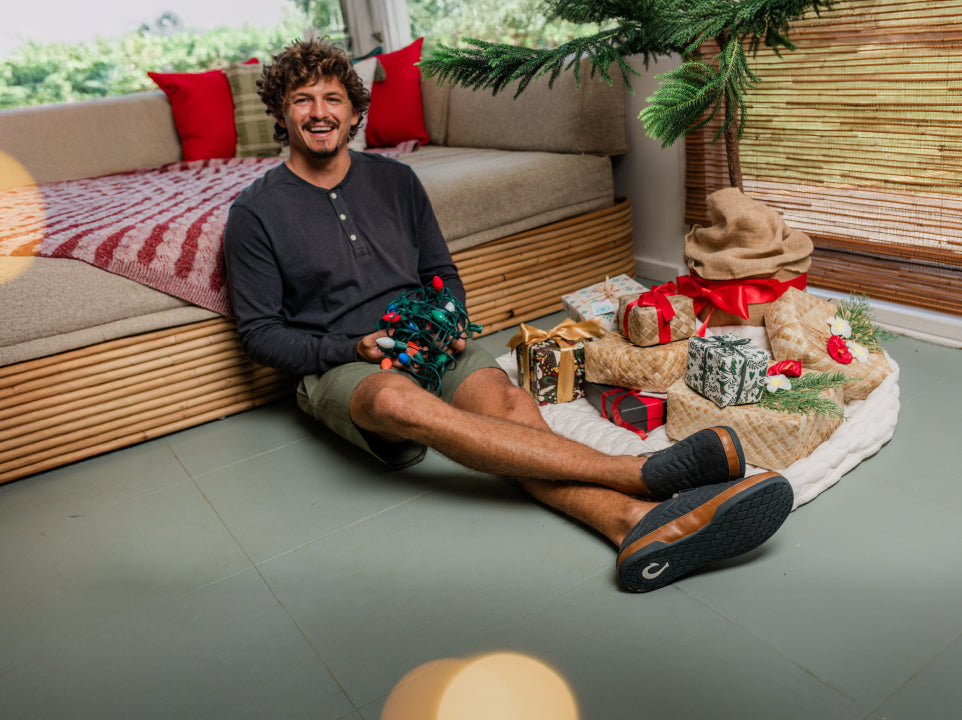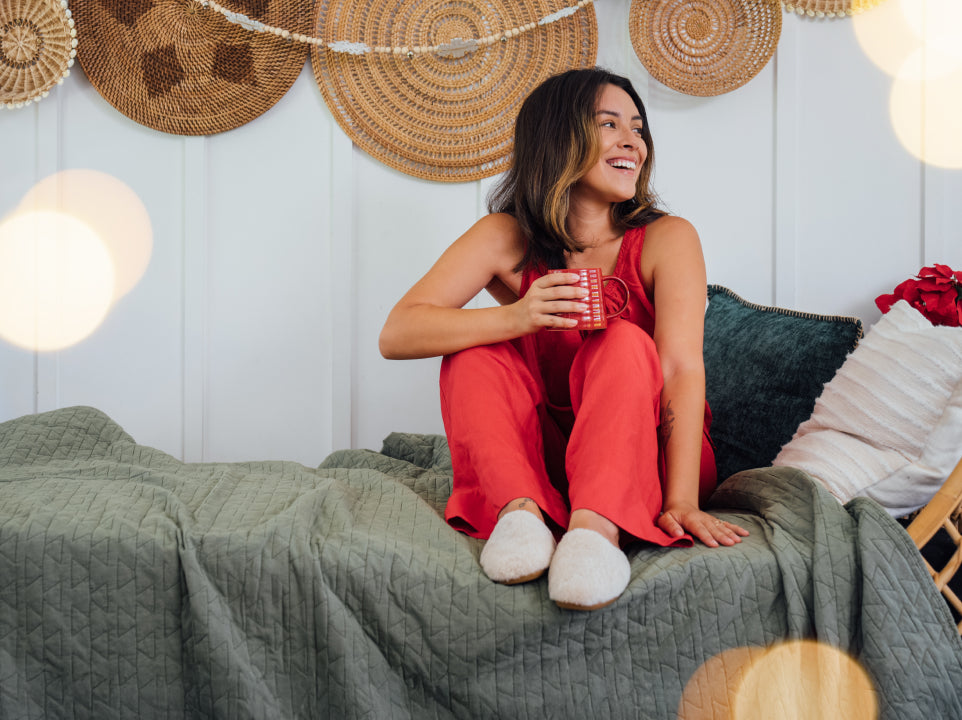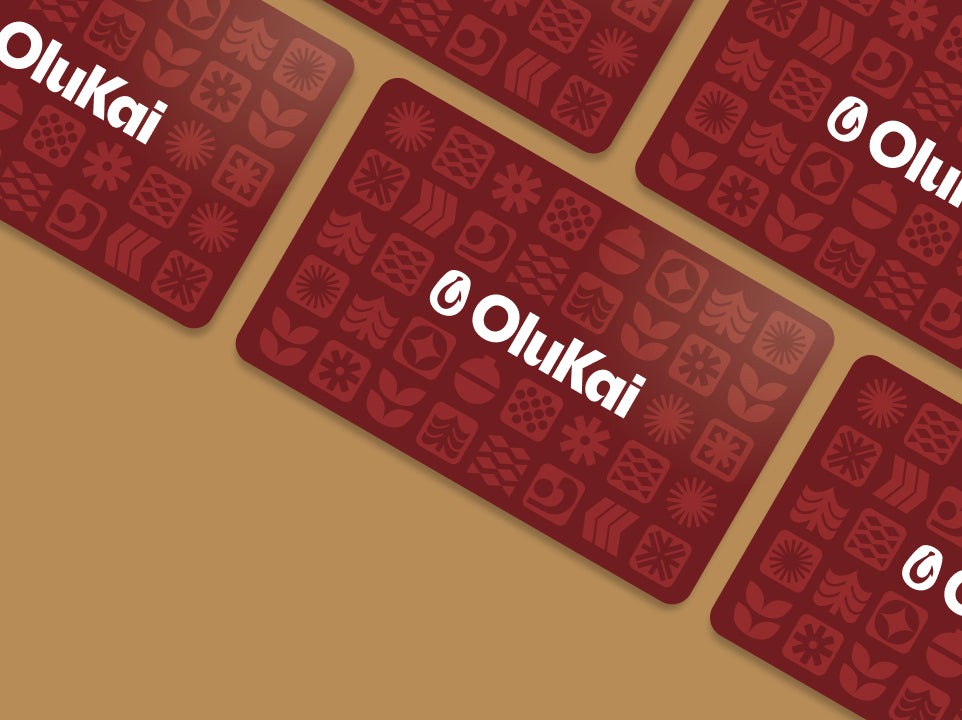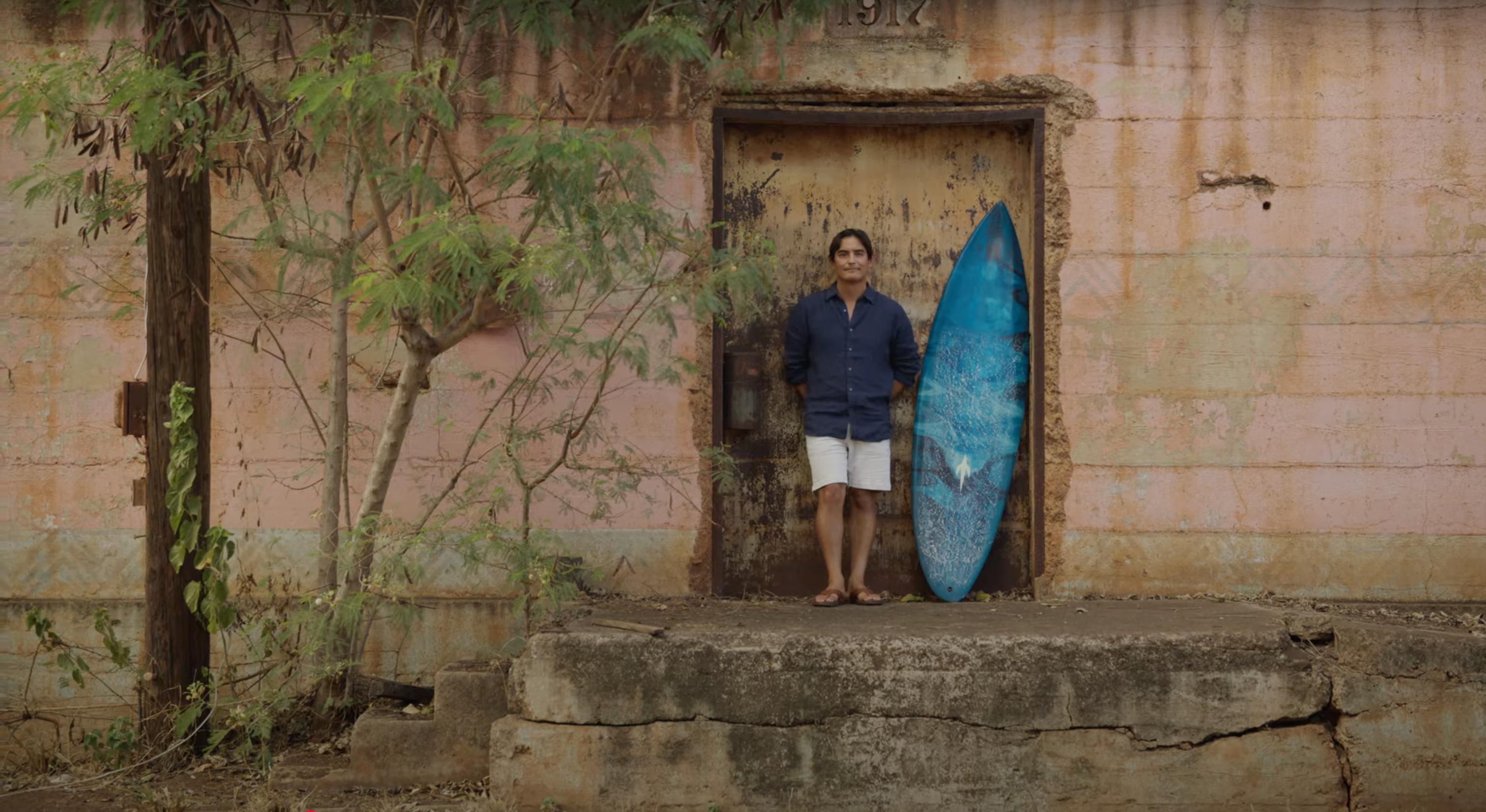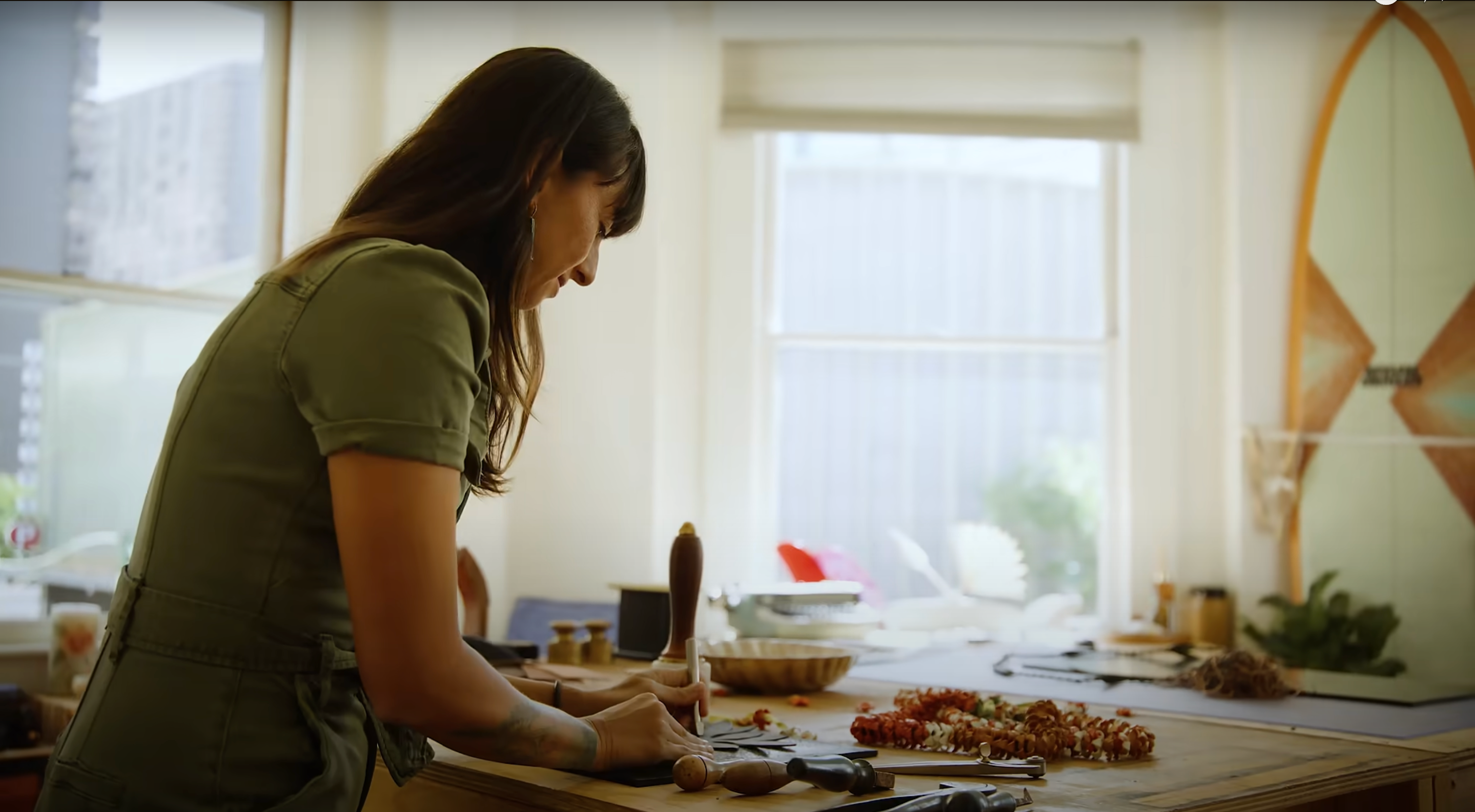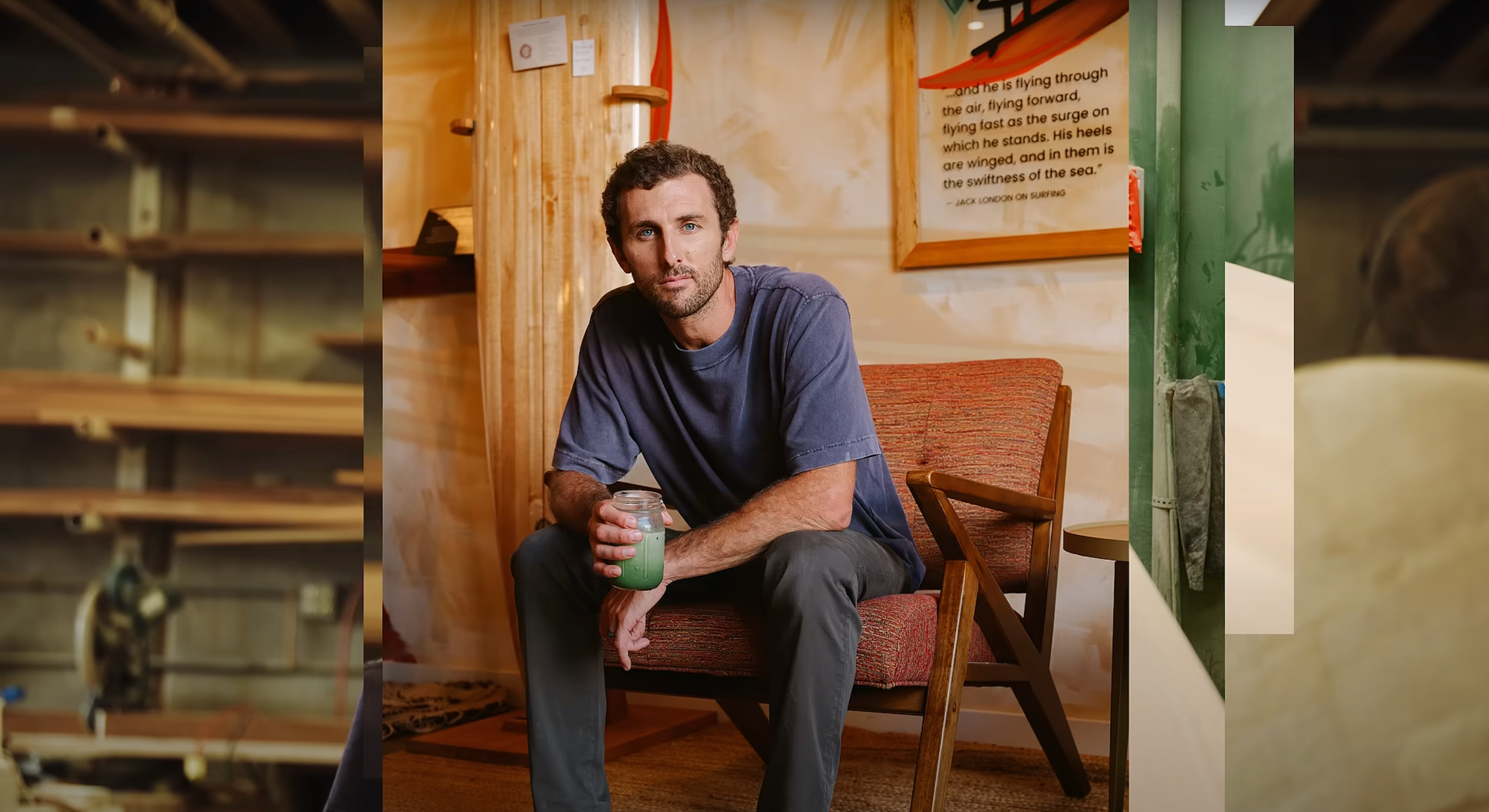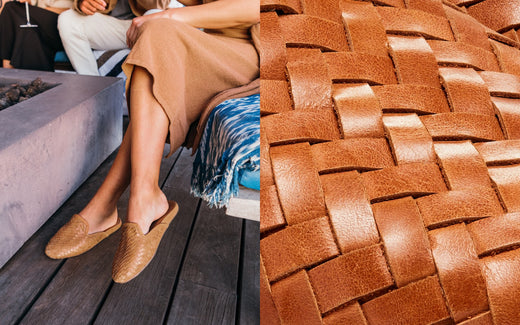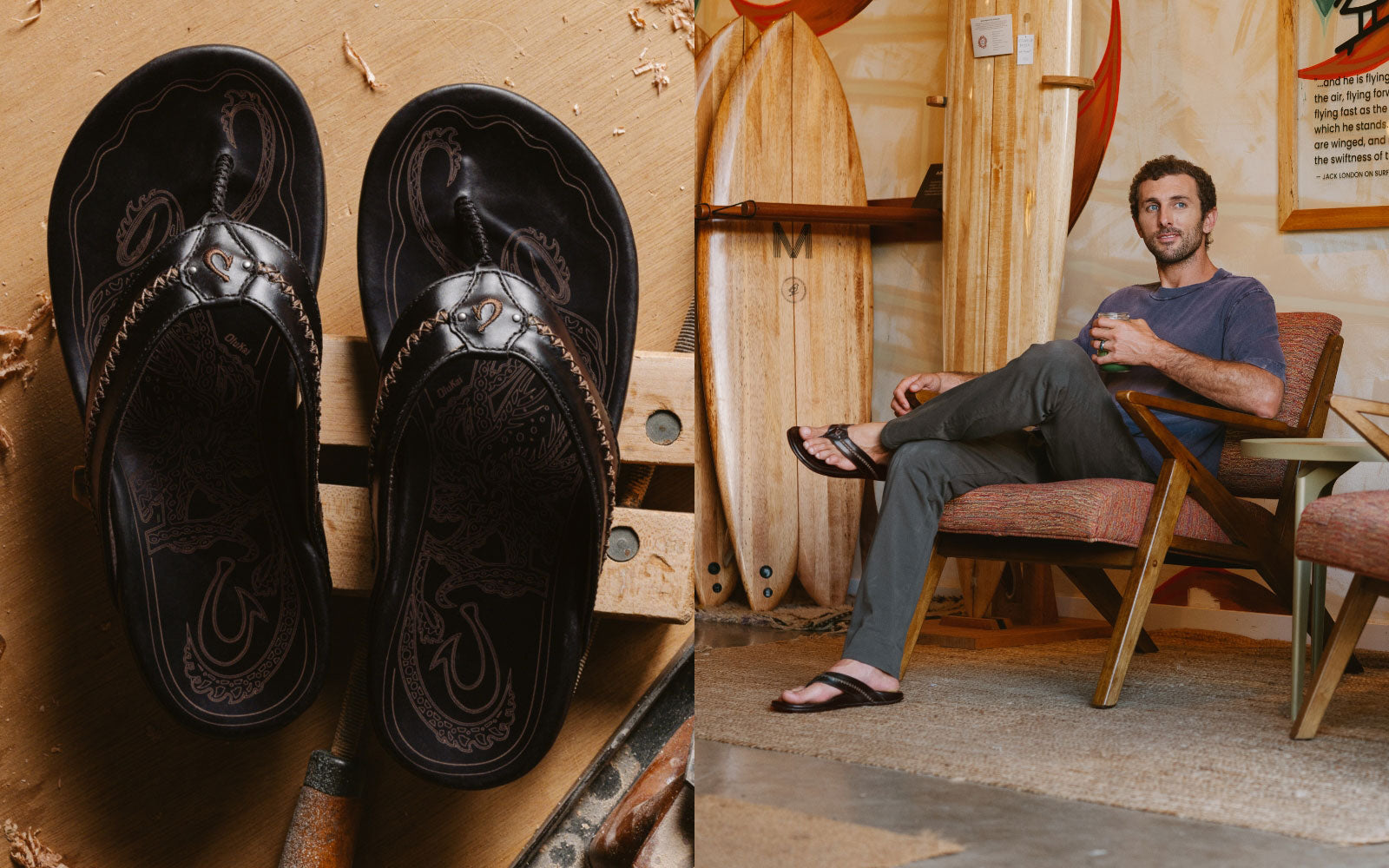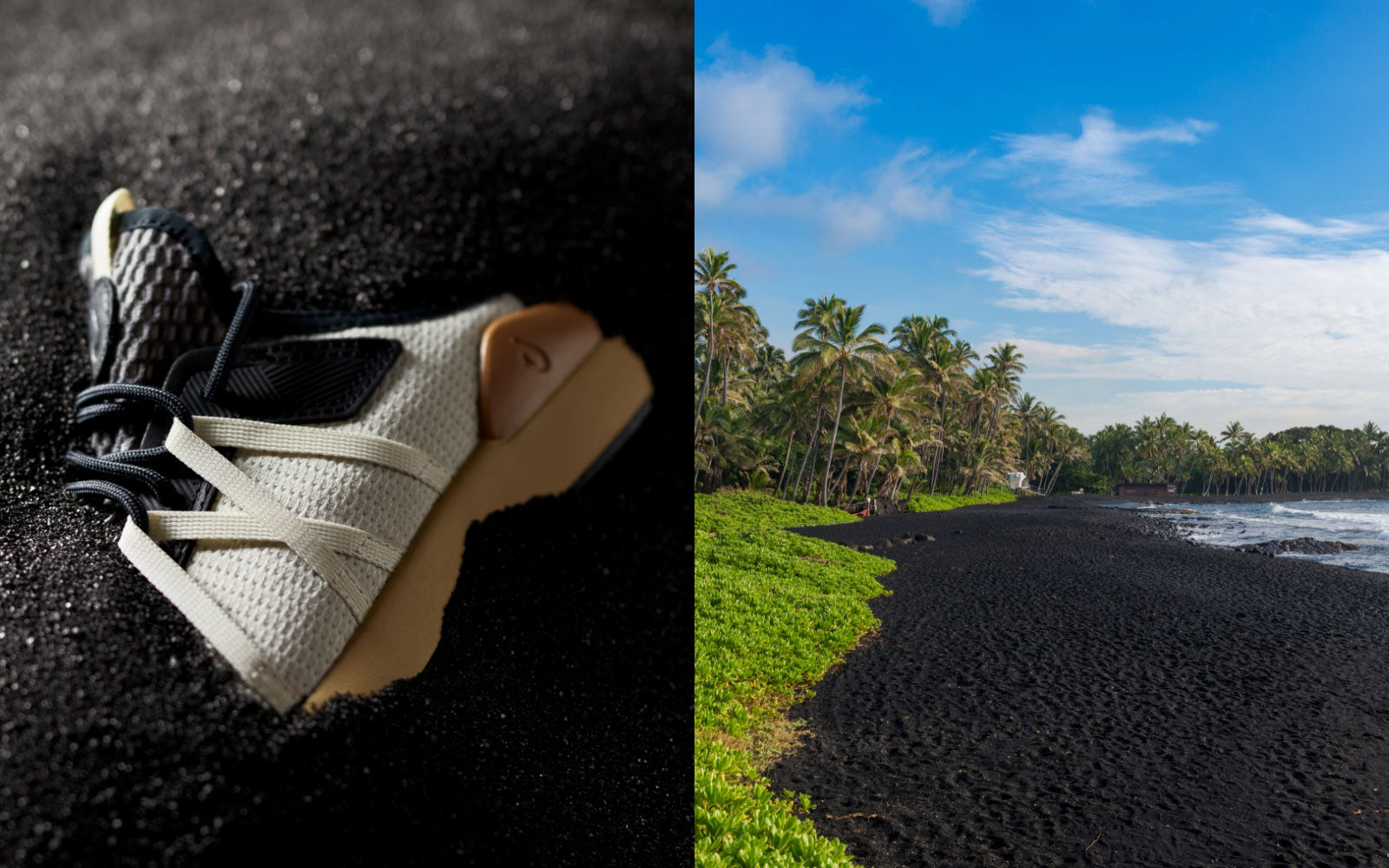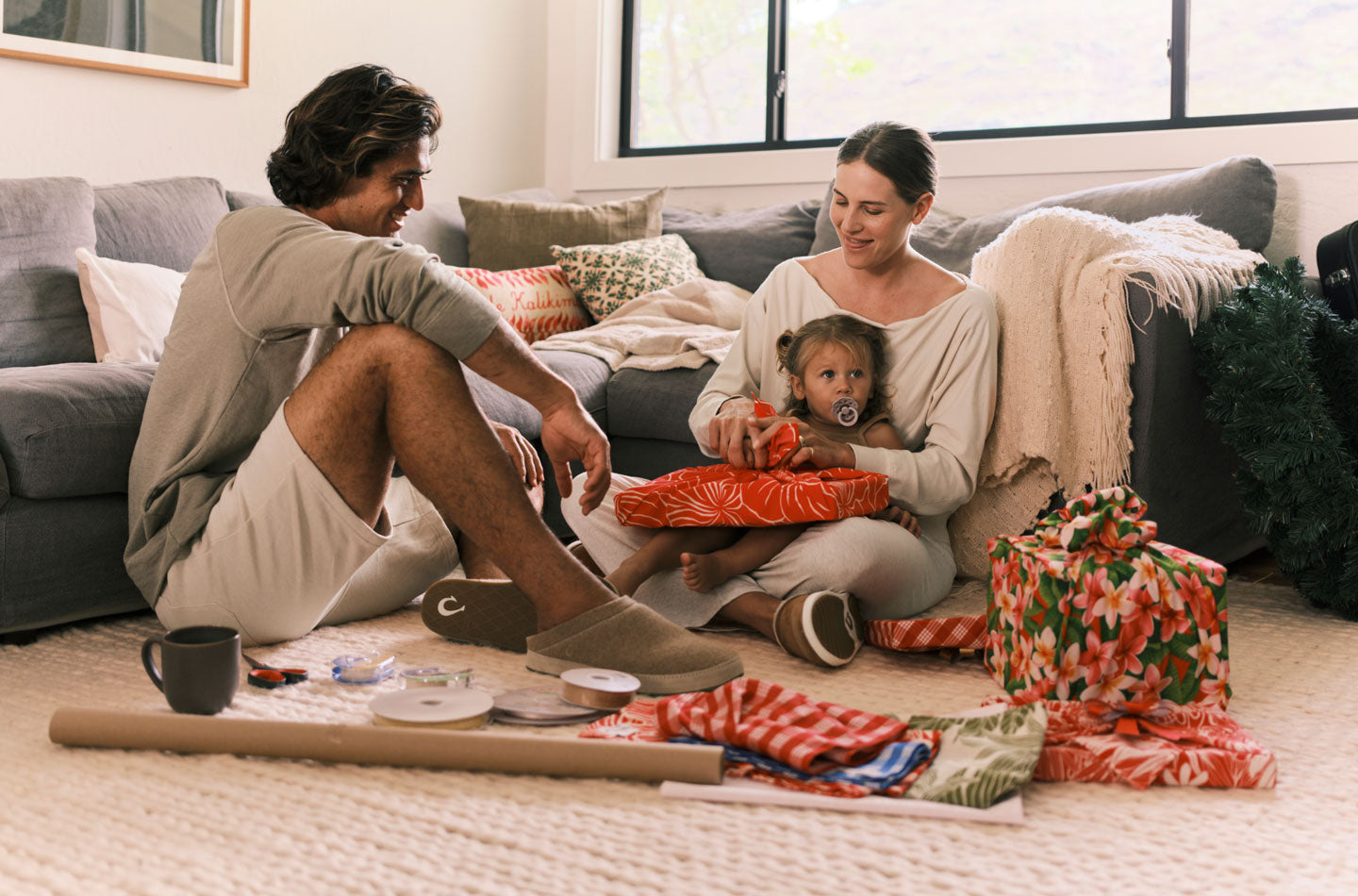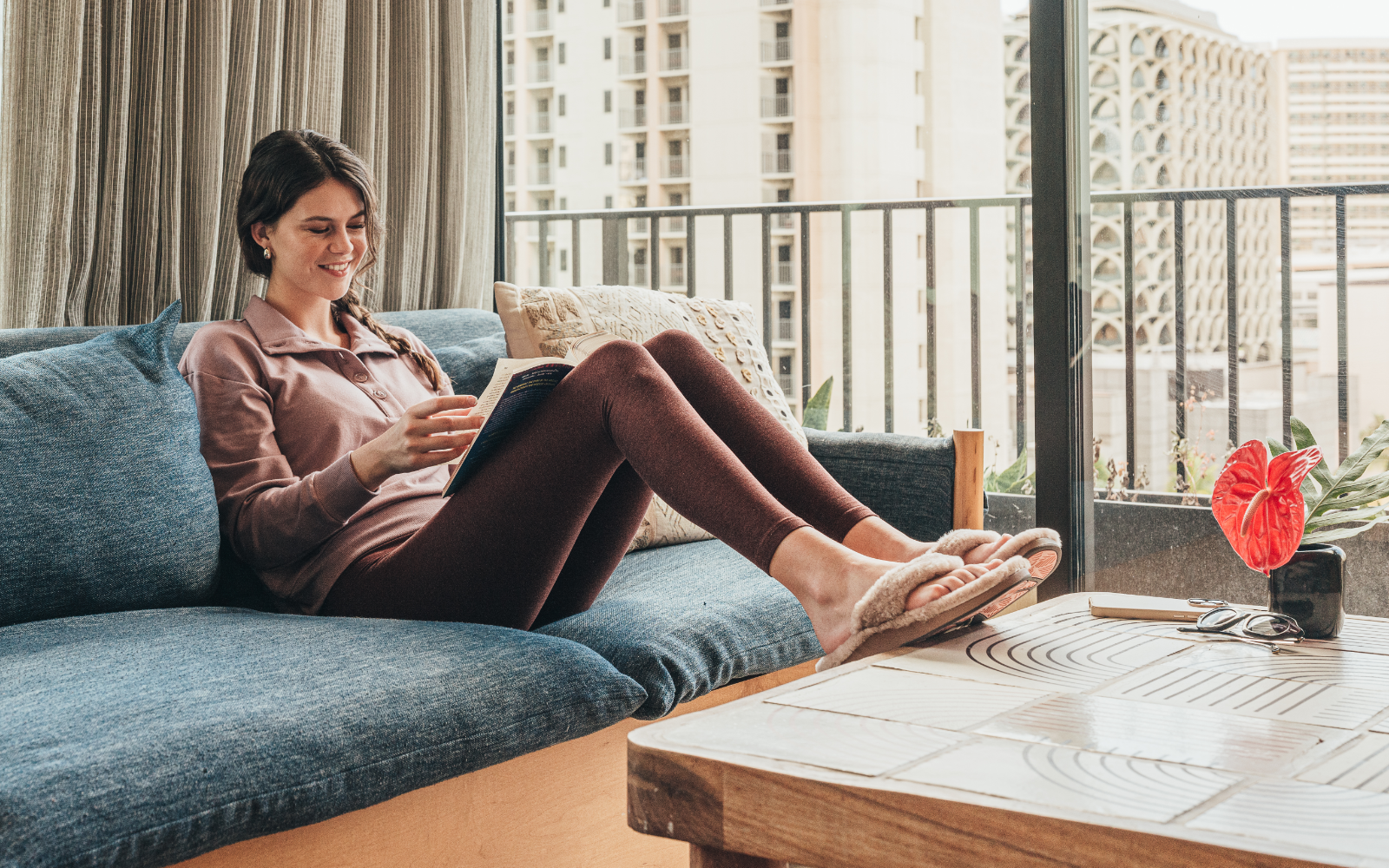Shawn Pila was raised on a small ranch in Hilo and has felt a connection to ‘āina (land, that which feeds us) his entire life. He and his wife, Kelly Green, recently purchased their own farm along the Hawai‘i Island’s lush Hamakua Coast. “I needed to reconnect with my roots and get back into the land. I missed harvesting and being out there in nature,” says Shawn.
They’ve been working with a few of their farmer friends and pet pig Humphre to turn their new home into a thriving homestead. The duo has also been filming a mini-series called The Farmstead, where they show a step-by-step approach to farming in Hawai‘i. Shawn took some time out of his busy day to speak with us about building and tending to your very own raised garden bed.
Shawn's expertise comes from his participation in an organic farming program called GoFarm Hawai‘i and from trial and error in the field. To him, nothing is more rewarding than the ability to nourish yourself and care for your land.
Of course, even the smallest of gardens could use some advice. Shawn generously shares his top five tips and tricks for growing food and herbs in a garden bed. To hear more about building a farm from the ground up, check out The Farmstead web series on YouTube.

HOW TO BUILD YOUR GARDEN BED
The first step to owning a raised garden box is the structure, and you’ll want to make sure you’re using the right supplies. If you’re wondering what tools you’ll need, what type of wood to use, or how deep the bed should be, then you’re in the right place. While most of Shawn’s farming takes place in open fields, he’s no stranger to building these. So, we asked him a few key questions.
To start, Shawn recommends grabbing the standard carpentry tools and some wood. Here’s his list for a 4x8 feet garden bed, which can support around 10-15 plants:
(just wanted to note that the wood supply list below makes two 4x8 raised garden beds)
- Measuring tape
- Pencil
- Square
- Skilsaw or chop saw
- Screw gun
- Hammer
- Cardboard
- Wire mesh
- Six 2x10x8-feet pieces of wood (untreated)
- One 4x4x8-feet piece of wood (untreated)
- One box of 3-inch deck screws
Speaking of wood, what kind should we use?
“Some of the best woods to use would either be cedar or redwood because they’re super durable, they’re resistant to moisture, and look good aesthetically. I try to use what I already have or what is affordable. Right now, we have a stack of old roofing, so I’ll most likely use that. You can also use old untreated wood pallets for smaller raised beds.”
Okay, we’re ready to build. How deep should our raised garden bed be?
“Minimum, a plant should have about 6 to 8 inches of depth for optimal growth, but I would go with at least 10 inches. Anything deeper than that will require more backfill and more soil, but the taller the raised bed, the easier it is on your back.”
And what should we put on the bottom?
“I would use weed mat or landscaping fabric for the walkways to help with weeds, but keep the bottom of the garden bed open and line it with cardboard. Some people in the Mainland use 1/4 inch galvanized wire mesh or hardware cloth under their beds to keep rodents out, but in Hawai‘i, just cardboard is fine. This will help with the weeds a bit and eventually break down and make room for worms and other beneficial insects to access your garden bed.”
DO YOUR RESEARCH
If you’re new to gardening, don’t forget to do your research beforehand. For example, knowing where you want to keep your garden bed, what you want to plant, and whether or not those varieties will thrive in your environment is key to ensuring your garden flourishes. How much sunlight will your bed get daily? Does that align with the amount your chosen plants need? What specific nutrients do your plants need? Are you placing your bed in an area that you can easily monitor?
Doing a little bit of background research and knowing the answers to questions like these will help your garden bed thrive in the long term. Shawn also emphasizes the importance of problem-solving.
“So much of gardening is trial and error—planting a bunch of stuff and seeing what works. It depends on where you live, too. You might have a crop that doesn’t work in your climate. You might plant strawberries next to the ocean and realize ‘huh, that doesn’t work. Maybe I’ll try something a bit more tropical.’ A lot of farmers and gardeners still plant test crops before production”

USE THE RIGHT SOIL FOR YOUR GARDEN BED
Ok, now that we’ve built and placed our bed, it’s time to fill it. According to Shawn, the soil is one of the most crucial aspects of gardening or farming. The nutrients we feed our edible plants and crops are the same ones that will eventually end up in our bodies. Raised garden beds allow for complete control over that process.
The simplest option is to head over to your local hardware store or gardening center to purchase pre-made raised garden bed soil mix (organic option preferred). If you want even more control over what’s going into your soil, you can also create your own mix.
“If you have a taller bed, start by adding backfill to the bottom with old logs, twigs, native soil, and other organic matter. But try not to use too much green stuff,” says Shawn. “For soil, I use 1/4 potting mix, 1/4 coconut coir (or peat moss), 1/4 perlite, and 1/4 compost. I’ll typically amend the soil with about 3 cups BioFlora, 1.5 cups oyster shell, 1 cup bone meal, and about 4 tablespoons of sulfate of potash for potassium.”
Shawn’s mix recommendation is for a 4x8 garden bed specifically. Make sure you adjust the measurements based on the size of your bed.
PLANT WHAT YOU LIKE TO EAT
Few things are more fulfilling than (literally) enjoying the fruits of your labor, which is why Shawn recommends planting the herbs and vegetables that you like eating. Chances are, if you enjoy the plants you’re growing and have a practical use for them, you’ll show them a little more TLC. The choice is completely up to you, but remember to consider your environment. “Because of some of the insects and slugs we have in Hawai‘i, I put my more fragile vegetables in raised garden beds—like my salad mixes and leafy greens. I’d also include beets, radishes, and my favorite herbs.”
Think of all the trips to the grocery store you’ll save by having those staple ingredients and herbs on hand. Not to mention the homegrown meals you can cook for your friends and ‘ohana. We can already smell the fresh mint wafting by.
“It feels so gratifying to produce food for your family and your people.”
STAY ON TOP OF IT
Perhaps one of the trickiest aspects of gardening is making sure your plants are continuously monitored and cared for. That’s why Shawn recommends keeping your bed somewhere nearby. “My best advice would be to start small and keep your raised garden box somewhere close to the house. Somewhere that is convenient and easy to get to.”
If your garden bed is in an area you pass by frequently or can see from the house, then you’ll be able to keep an eye on your plants more efficiently. Don’t be afraid to switch up your methods or amend the soil if you find some crops aren’t growing properly. So much of the gardening process is trial and error, especially when you’re starting out.
Shawn recommends feeding your plants with a weekly fish emulsion and sea kelp foliar spray to help them stay nourished and healthy. Make sure you’re also staying on top of weeds and checking the soil regularly to keep your plants from being overrun.
“These plants are basically your keiki (children). You take care of them and, in the long run, they will feed you and give you the nutrients and vitamins you need to be strong and healthy. It’s a ‘you scratch my back, I’ll scratch yours’ relationship.”
BONUS TIP: WEAR THE PROPER CLOTHING
As with any outdoor craft, what you’re wearing can be as important as what you’re doing. We suggest throwing on a hat, sunglasses, sunscreen to protect you from the elements, gardening gloves, and comfortable clothing that you don’t mind getting dirty. As far as footwear goes, Shawn likes to rock his Nalukai Kapa Boots, which are made with a water-resistant waxed canvas for extra durability.
We’d also recommend our Mio Lī sneaker for the guys and our Pehuea or Pehuea Lī sneakers for the ladies. All three of these styles will give you that light and breezy feel you need on hot and sunny gardening days. Plus, they’re incredibly comfortable.
If you’re ready to start building your raised garden bed, we’re ready to get you into the right pair of shoes.

